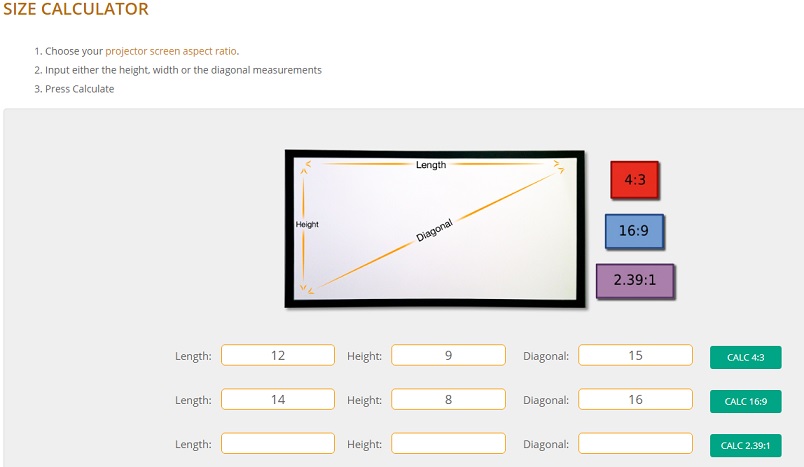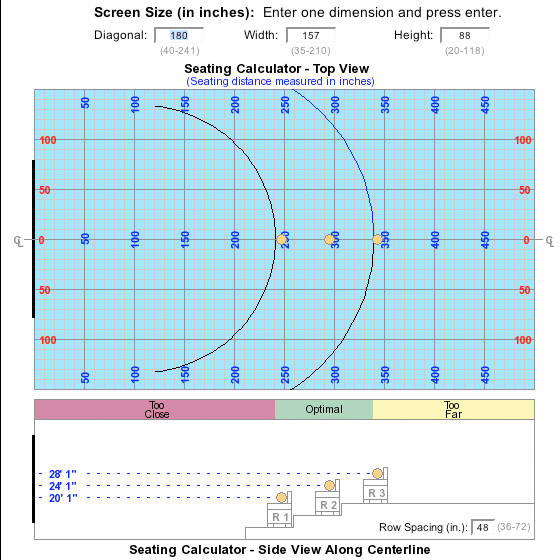

The following formula gives the number of pixels, horizontally or vertically, given the physical size of a format and the pixels per inch of the output: To determine the Image Size (screen size) enter a distance measurement number in the Throw Distance value box and hit the Enter key on your keyboard, or slide the Throw Distance slider back and forth until you find a number in the value box that represents the distance between the lens of the projector and the surface of the screen. The resolution is 1240 x 1754 for an a4 in pixels.

newspapers, flyers and posters you can use a PPI/DPI of 150. These are prints that need to be viewed up close, such as books, magazines and brochures. Our viewing distance calculator is used to figure out the optimal seating distance for your audience based on the projector screen size you are considering.

This is the required resolution for offset printing. You have a computer screen that is 1920 pixels wide by 1080 pixels high. Substitute 1 cm for 1 inch to find pixels per square centimeter or PPcm 2. The number of pixels in a square inch represents the resolution or pixel density of an area of one square inch. Since most digital hardware devices use dots or pixels, the size of the media (in inches) and the number of pixels (or dots) are directly related by the 'pixels per inch'. The minimum number of pixels for a sharp image is 300 PPI/DPI (2480 x 3508 pixels). Multiply PPI × PPI to get pixels per square inch.


 0 kommentar(er)
0 kommentar(er)
